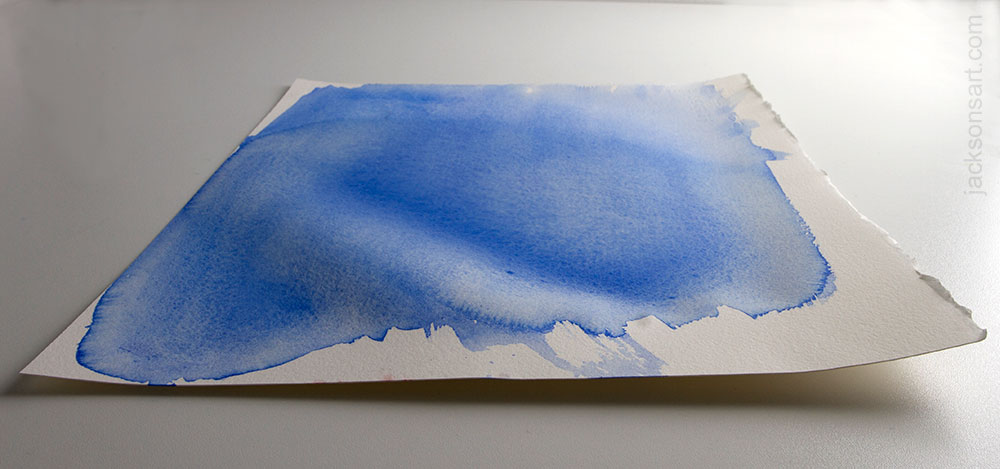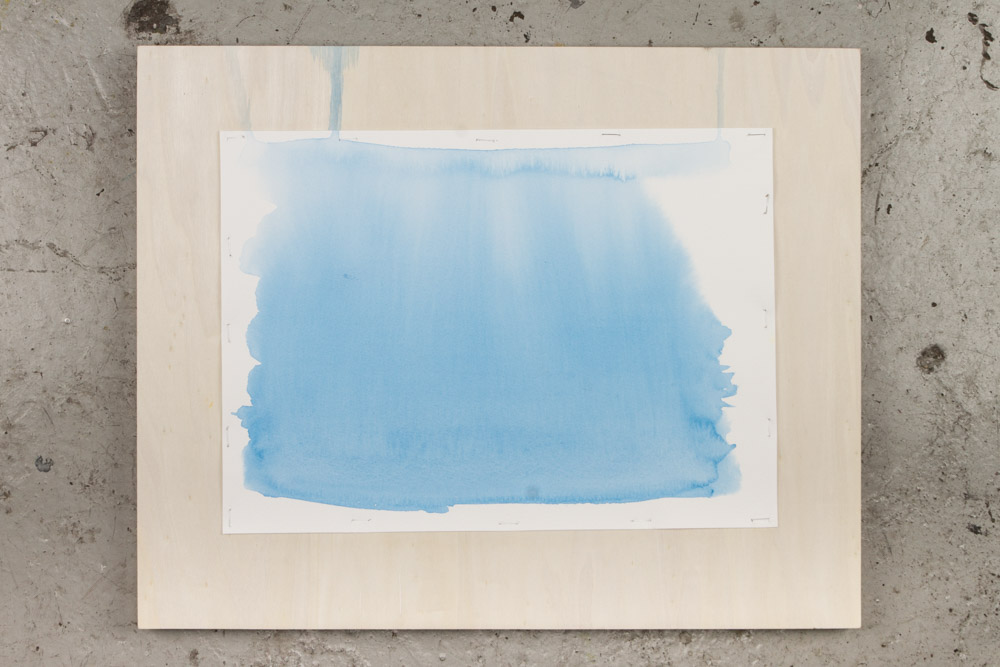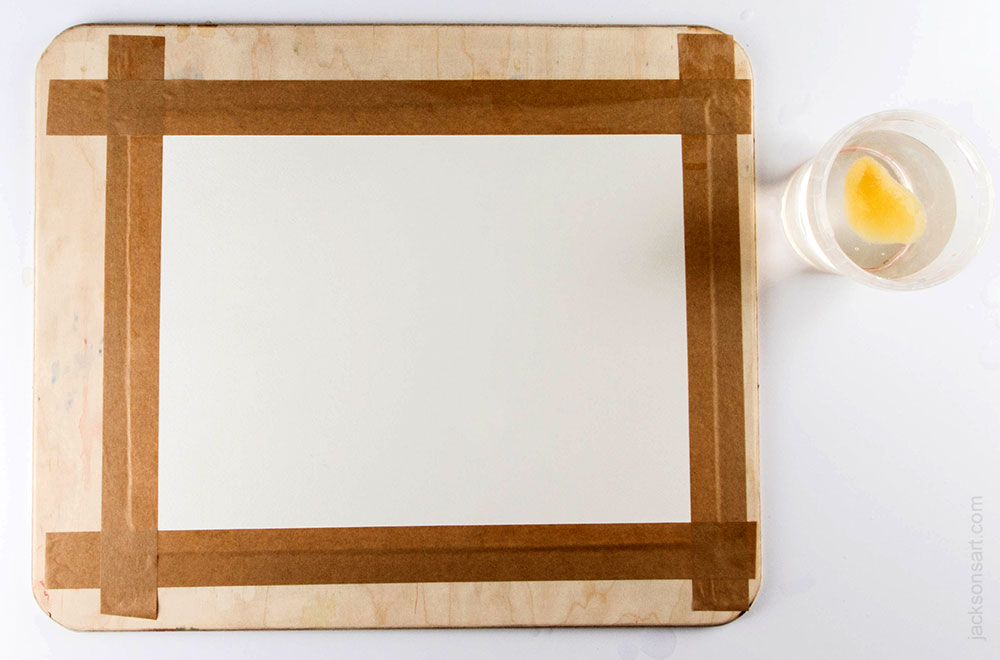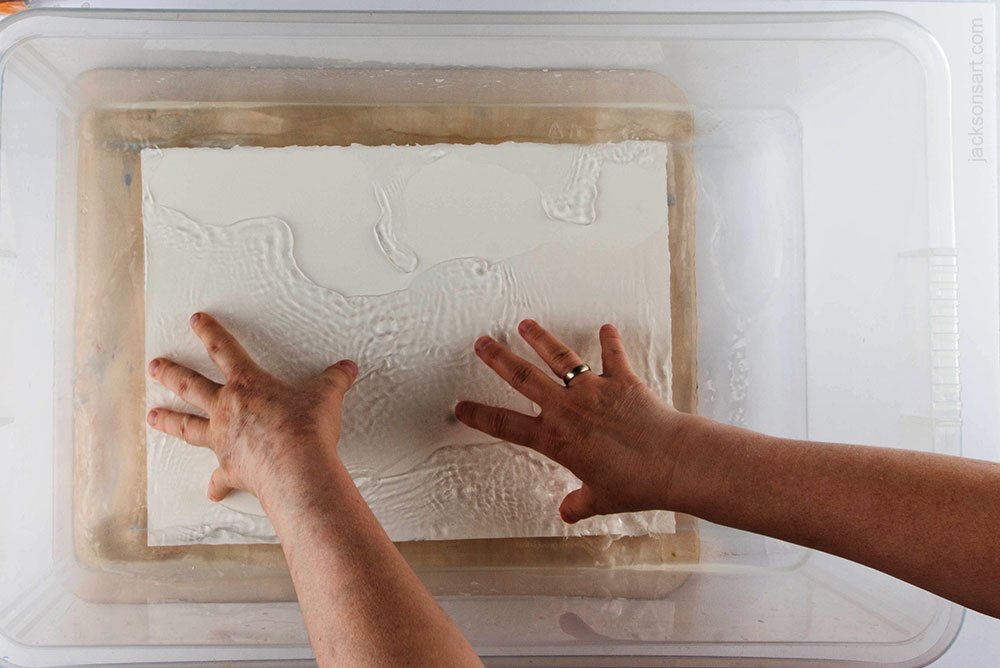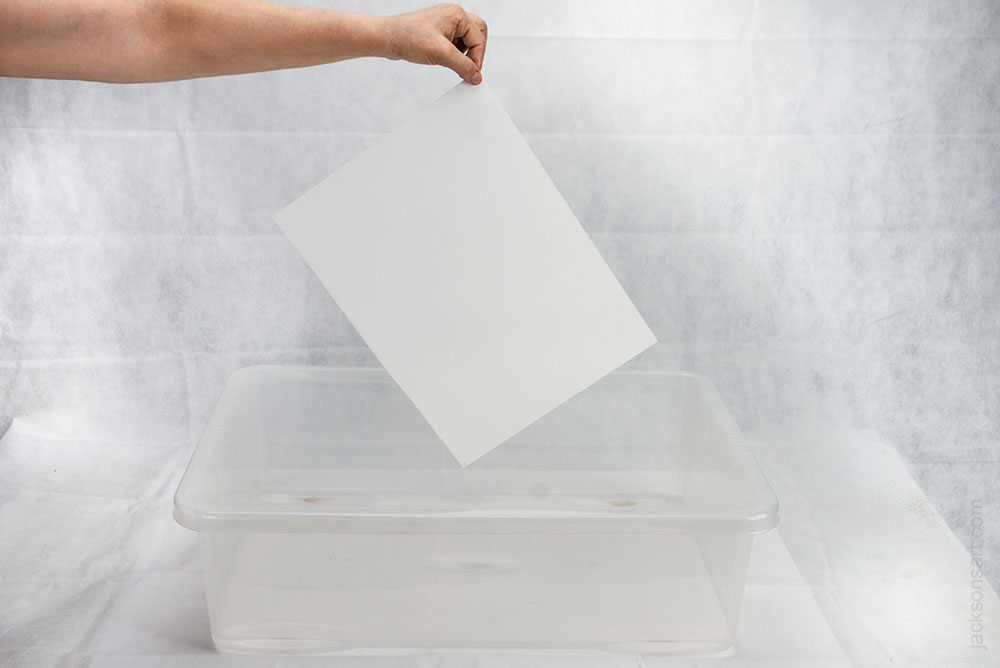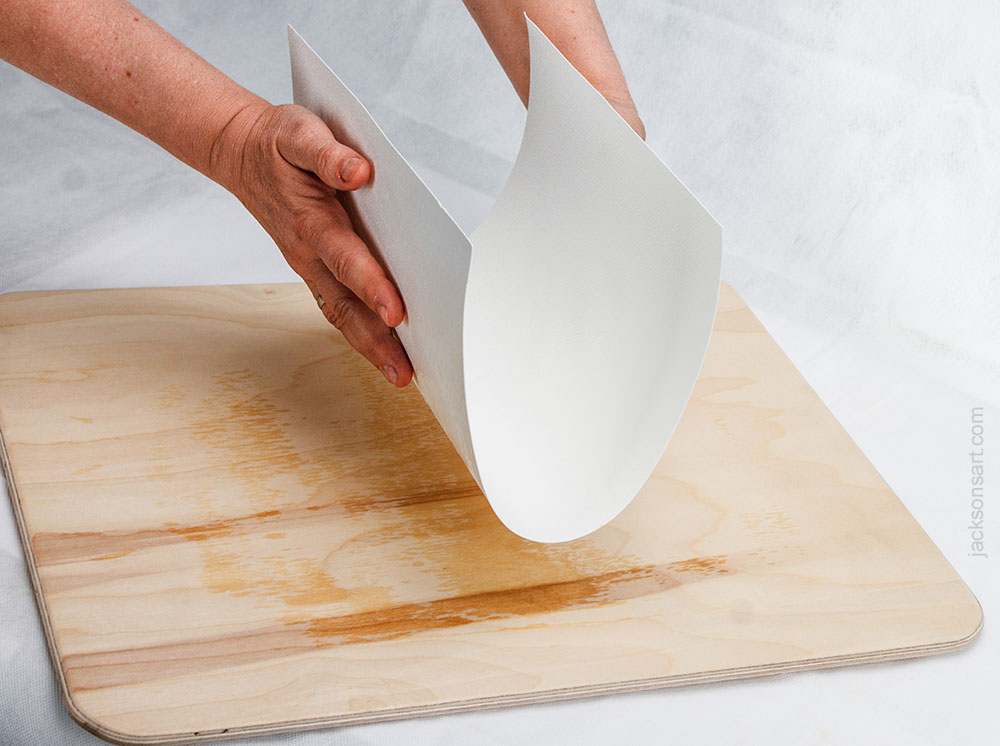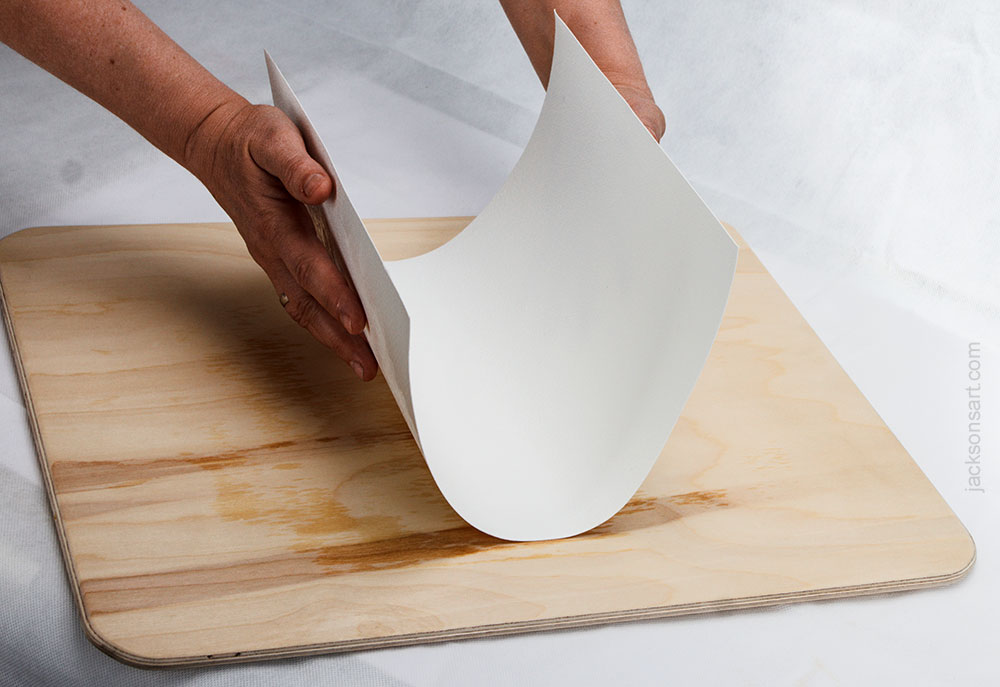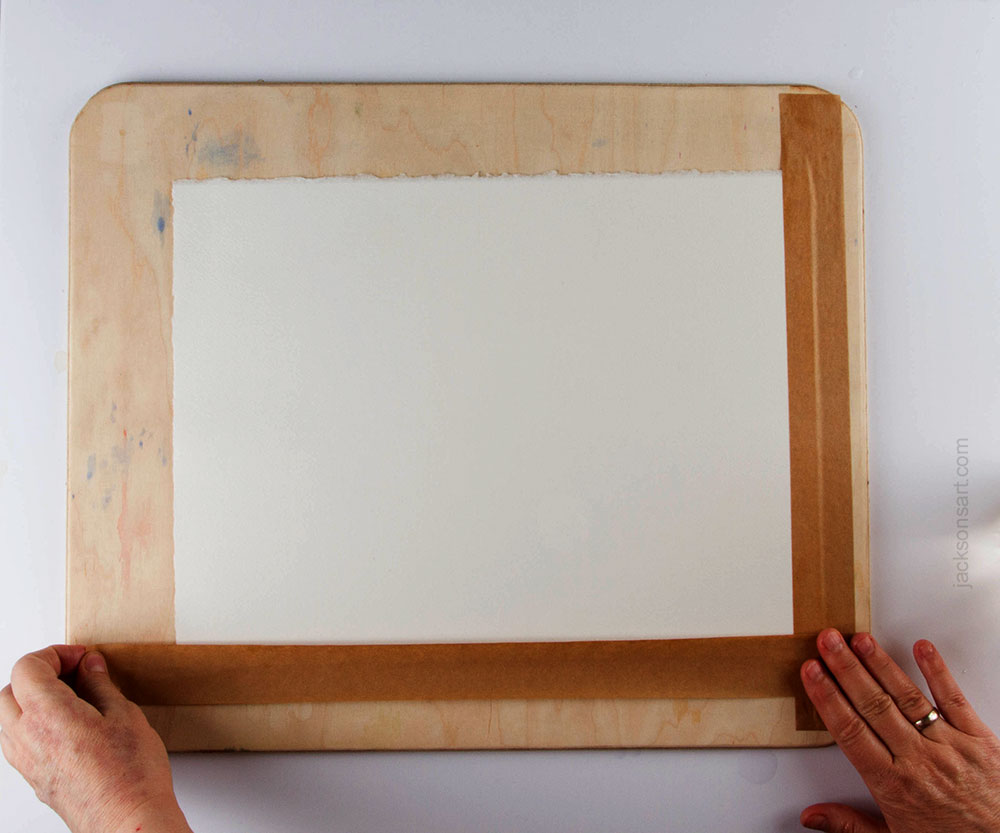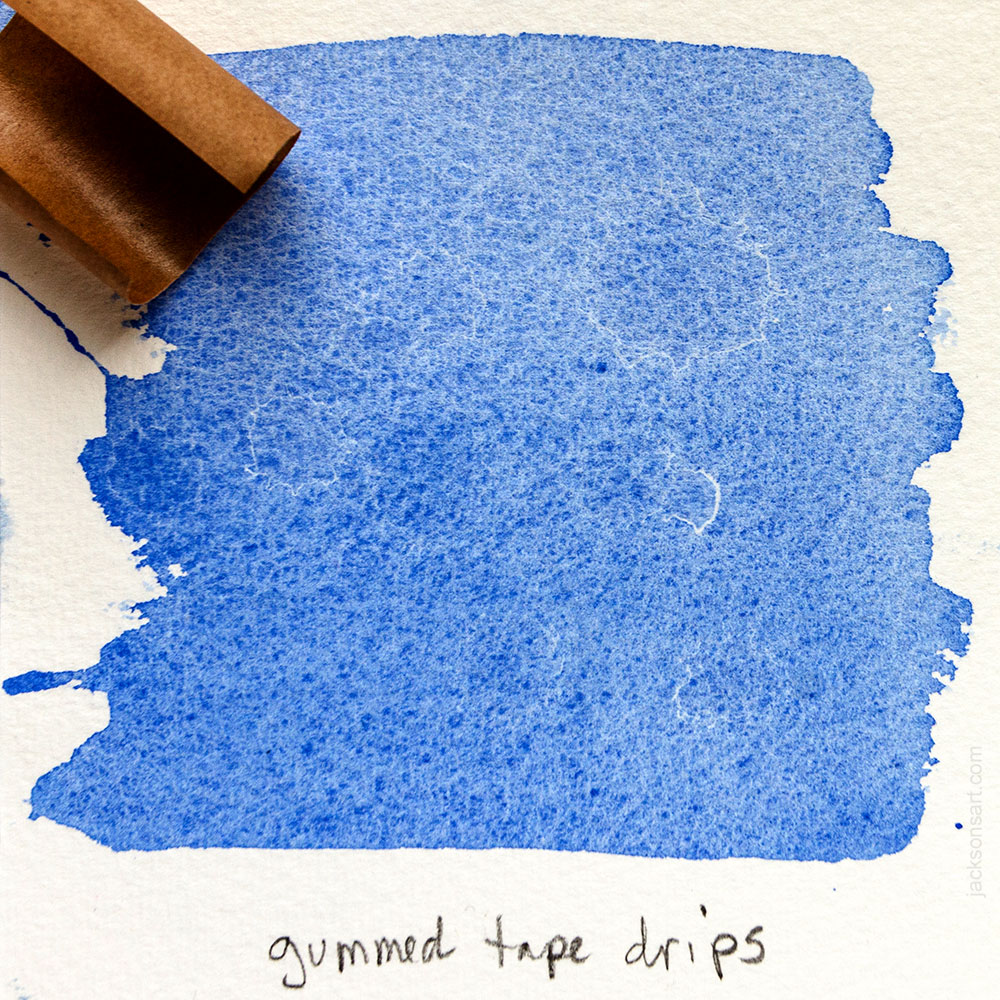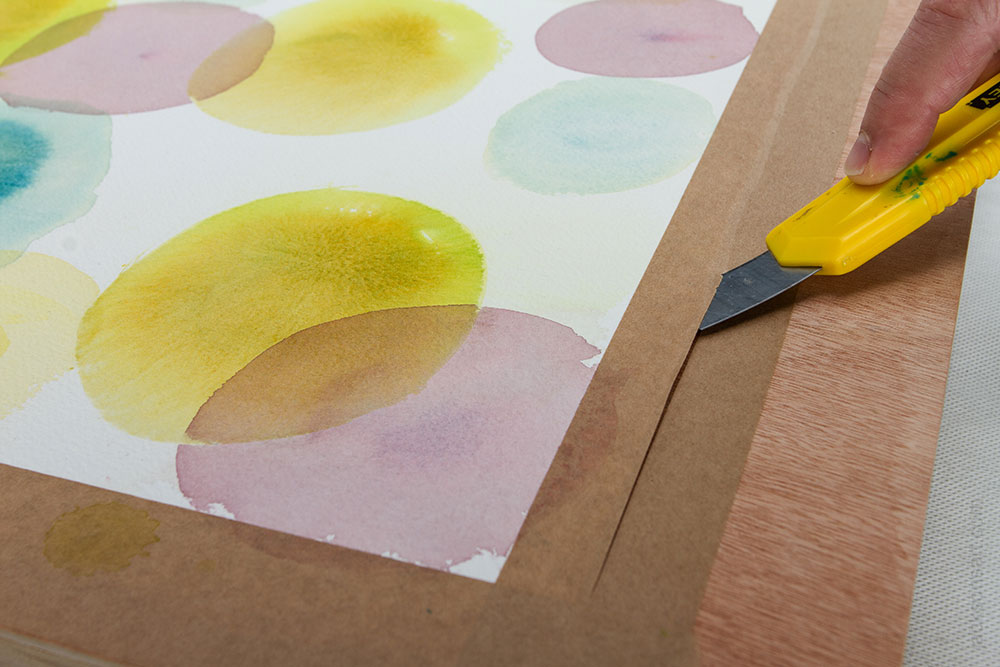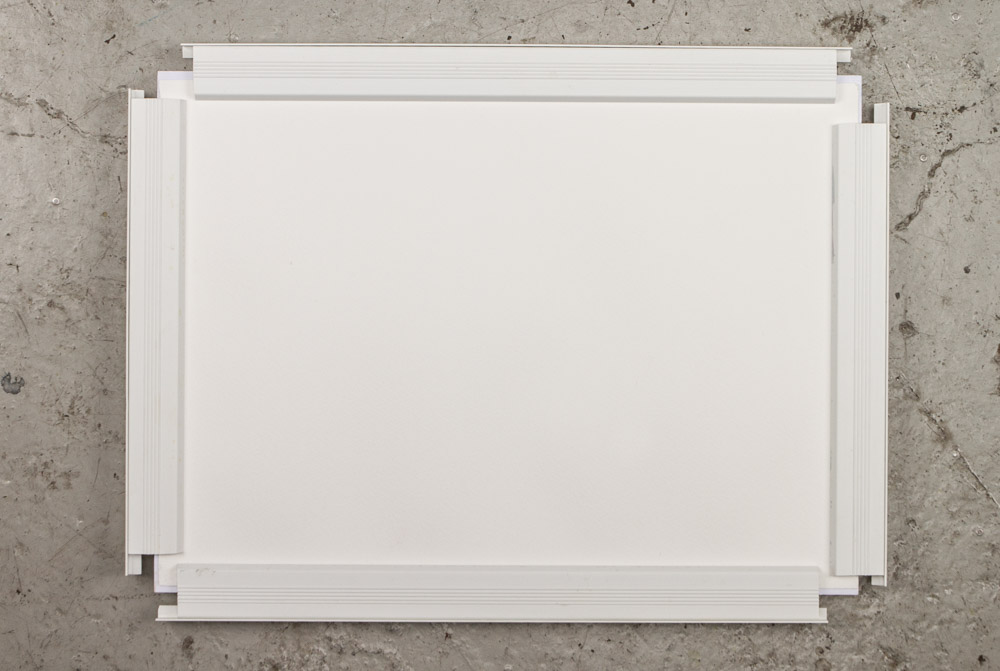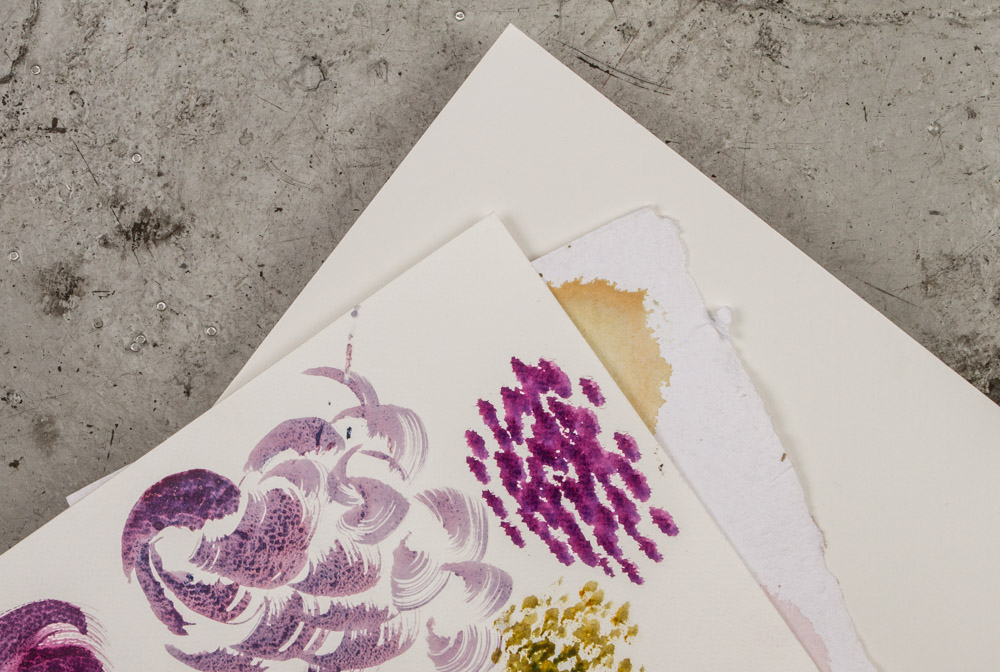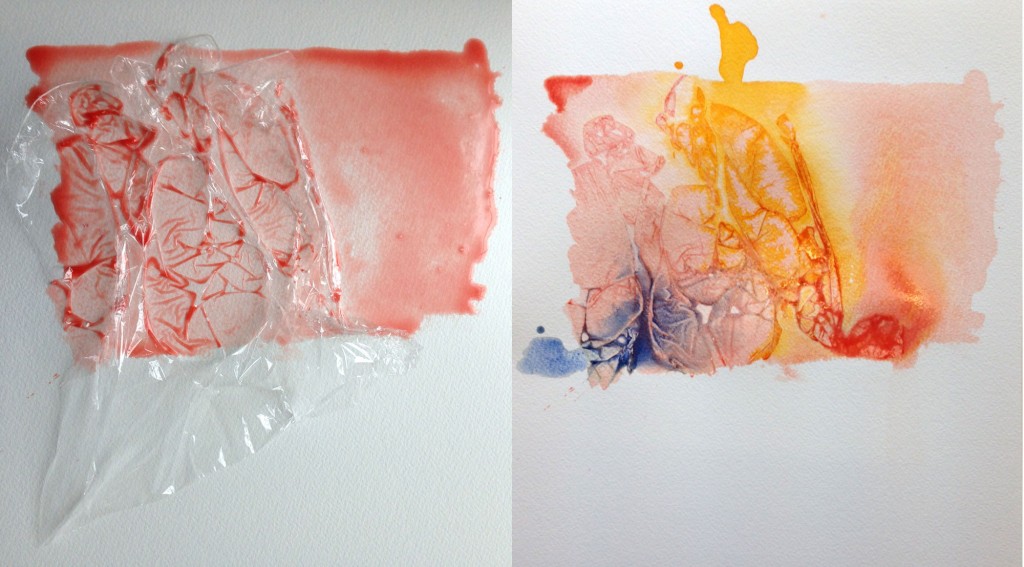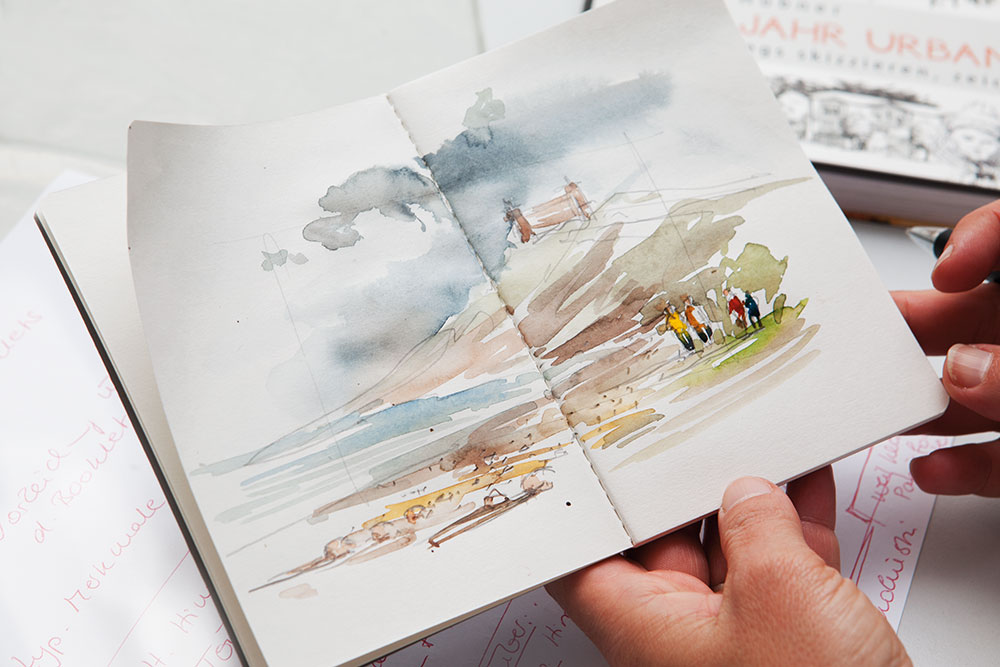Jenny Oldknow is a watercolour artist and tutor with a studio in Belper, Derbyshire. Jenny’s mix of detail and realism has been honed through daily sketching and painting and constant observation of the subjects she loves to paint: animals, wildlife, nature and flowers. She regularly exhibits in the UK and internationally, in solo and group exhibitions and has received several awards including at the National Exhibition of Wildlife Art and with the Association of Animal Artists.
Jenny’s first thoughts when she saw the new Aqua Bronzes from Schmincke in a recent Jackson’s newsletter was that they’d be great for the eyes of an owl painting she had in mind. She has written about her experience using the new metallic powders in her paintings.
Jenny Oldknow Reviews Schmincke Aqua Bronze
by Jenny Oldknow
![JenOldknow9]()
I was intrigued when I first heard of this product on the market from well known brand Schmincke. As a watercolourist, any art materials with the word ‘aqua’ in front of it always captures my interest, and when I realised that the Aqua Bronzes were in a powder form I immediately began to imagine how I could use these paints in my own work. I have previously used the Schmincke gold and silver watercolours where I wanted to create an iridescent shimmer in my paintings, so knew that this would be a product I would like to try.
One of my favourite subjects to paint is animals, and although my work is quite loose and expressive, I do like to create a good focal point of the eyes, so straight away I thought about how the Aqua Bronze powders could be applied particularly in the eye area to help give extra sparkle, and something a little ‘different’. I had just taken a photograph of a lovely barn owl which would be perfect to test out the different powders.
When I try any new product for the first time I always begin by having a play, making a colour chart, and seeing how they interact with my favourite paints, all with a fun element – not rushing in to create a full painting straight away!
This is my colour chart of the full set of Aqua Bronzes…
![Jenny Oldknow]()
I applied a small dot of each powder to dry paper, then using a damp brush dragged it down the paper to see how it moved and interacted with the water. I liked the way the heavy metallic particles floated in the water, settling as the wash dried.
I then mixed some of the shades with some of my usual watercolours…
![Jenny Oldknow]()
I love the way the heavier particles of the Aqua Bronzes interact with traditional watercolour paints, particularly the granulating ones. The Aqua Bronzes are actually made with aluminium or bronze so it is no wonder that they act to ‘push’ away the more finely ground particles of the watercolours I normally use. Here is a close up of the lovely effects when a granulating colour (I used Daniel Smith Bloodstone Genuine here) mixes with the Aqua Bronzes…
![Jenny Oldknow]()
I then moved onto creating specific shapes mixing the Aqua Bronzes with watercolour to create fish – a favourite warm-up subject of mine, as their flowing shape encourages loose brushwork, perfect for simple two-colour mixing. I used Schmincke Translucent Orange together with different Aqua Bronze shades to get a feel of how they handled under a more direct brushstroke…
![Jenny Oldknow]()
I liked these, but as soon as I moved on from these very loose depictions of fish shapes towards a more complex composition (with my owl in mind), I was less pleased with the flatter results from applying the Aqua Bronzes to the surface of the paper with a brush. My painting technique involves a lot of dropping colours onto the paper, and softening the edges in a more controlled way. As a rule I don’t like to have lots of wet-in-wet washes going on as I find this leads to flatter areas of colour, and losing the white paper which I like to keep as an important part of the composition. Using the Aqua Bronzes in the way recommended by the manufacturers – namely mixing a quantity of the powder in a palette with water to the desired consistency and applying with a brush much like traditional watercolour – was not how I thought they could be best utilised to benefit from their full vibrancy! Using them as recommended may work for you if you do use watercolour in a more traditional way, however. So, in order to drop the powders into my painting I needed to find a practical way to apply the powder direct from the pot to the paper. I hit upon using a simple bamboo stick. This photo shows my first experiments applying the powders with the stick…
![Jenny Oldknow]()
It worked really well, using the end of the bamboo stick like a scoop, as it kept the powder in the pots dry and uncontaminated, and allowed me to apply small dots of powder into wet paint or just damp paper (it needs to be damp to allow the pigments to settle and adhere onto the paper, otherwise it will just blow off the surface), placing them exactly where I wanted them, giving me the option of allowing them to gently float out naturally to settle in random patterns (my preferred technique) or to gently coax into shapes as desired. I love the way this direct application of the powder creates clumps of bright metallic colours, almost like molten metal…
![Jenny Oldknow]()
Having hit upon this, I moved onto a simple study of the owl, using the above mentioned Daniel Smith Bloodstone Genuine, which is a beautiful granulating colour for monochrome paintings. This is my set up for this small painting, in which I decided to only use the silver Aqua Bronze powder to complement the Bloodstone shade…
![JenOldknow9]()
I used Two Rivers handmade paper, which is super rough and gives such beautiful effects.
This is a section of the work in progress showing how I applied the watercolour, dropping silver Aqua Bronze into it whilst it was still wet. I tapped the bamboo stick onto the paper to knock off the powder, and also flicked the stick at a distance of about an inch away to release a finer ‘spray’ of powder over a larger area…
![JenOldknow8]()
This is the finished monochrome owl study…
![Jenny Oldknow]()
Jenny Oldknow
owl study using Daniel Smith Bloodstone Genuine and silver Aqua Bronze powder
Pleased with this, I then tackled a larger painting using a fuller spectrum of my usual colours.
Starting, as I always do, from the eye, I dropped pale gold into the wet paint right at the start, although knowing that I would apply further darker shades I wanted to see how I could layer the metallic powders…
![Jenny Oldknow]()
I then built up the painting using my usual techniques, but every so often dropped in the Aqua Bronzes, in the areas where I wanted highlights and accents, using both Rich Gold and Pale Gold in equal amounts, but in different areas, again to create more interest. This photo shows the painting after the initial washes were applied. I like to apply coarse sea salt in the backgrounds, to add an abstract feel to my work, so used this technique in this painting to see how the salt worked with the Aqua Bronzes. My conclusion is that it worked well, the salt worked as normal unhindered by the bronzes, yet still creating the beautiful effects that salt makes…
![Jenny Oldknow]()
Occasionally I needed to use the brush to spread out the bronzes a bit further than they went when applied with the bamboo stick. The bronzes worked well for this, but I am always cautious about flattening out the watercolour – my principle when painting is have the brush on the paper for as little time as possible, in order to allow the paint to settle naturally and unhindered..!
![Jenny Oldknow]()
The following two photos show the finished painting. Unfortunately the scanned image reflected the metallic elements even less than it did with the monochrome study above, and to show the gold parts I had to photograph from an angle, under artificial daylight lamps. I have painted owls before, using similar colour combinations, but the addition of the Aqua Bronzes really helped lift the colours and give sparkle. They definitely make a stronger impact than the normal gold and silver watercolours. The eyes in particular look striking and the layers of darker (albeit transparent) colours have let the first layers of bronzes show through, together with a few more speckles of the pale gold to the top layers. I have added small touches of Winsor & Newton Permanent White gouache to the eyes, and other selected areas to bring back highlights lost in the initial washes…
![JenOldknow6]()
Close up of the eyes – I love the reflective effects of the Aqua Bronzes in this important focal point of the painting.
![Jenny Oldknow]()
Final conclusions…
My personal preference for using the Schmincke Aqua Bronzes is to use them quite sparingly, especially if you are incorporating them as part of your usual way of working in watercolour. Less is definitely more to create more impact. Having just small accents of the painting sparkle with these intense metallics makes those areas ping out from the paper, so using them in areas like eyes is perfect for creating an unusual finish to your work. Even if you have used the metallic shades offered by various brands in traditional watercolours, you will find the Aqua Bronzes are much more vibrant and can be used in so many more ways, with only your imagination to hold you back!
It appears to be difficult to take decent images which show up the metallic elements to their best advantage. These paintings always look far better in real life, so learning how to reproduce them to full effect for online use is a skill I certainly need to learn.
If you are an adventurous sort of watercolourist who likes to experiment and put a bit of zing into your paintings, then I really recommend the Schmincke Aqua Bronzes to you. Have a play with them and see what they can do to liven up your work!
Jenny Oldknow
Watercolour Artist & Painting Tutor
Website – www.jennyoldknow.com
Blog – www.jennyoldknow.blogspot.com
Facebook – www.facebook.com/JennyOldknowArt
Twitter – www.twitter.com/jenoldknow
Products mentioned in this article
The post Jenny Oldknow Reviews Schmincke Aqua Bronze appeared first on Jackson's Art Blog.












































































